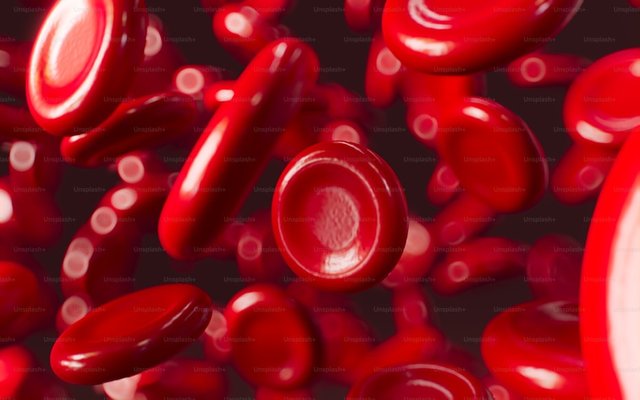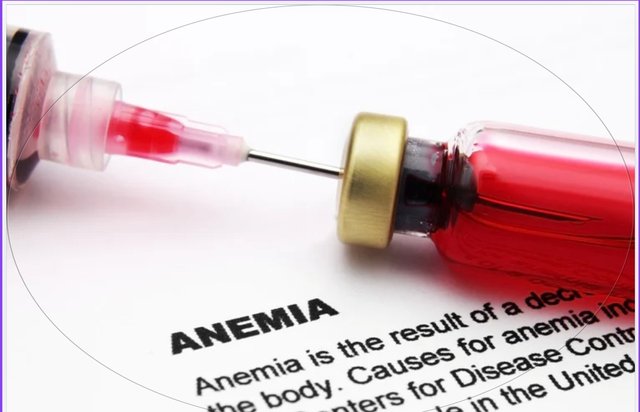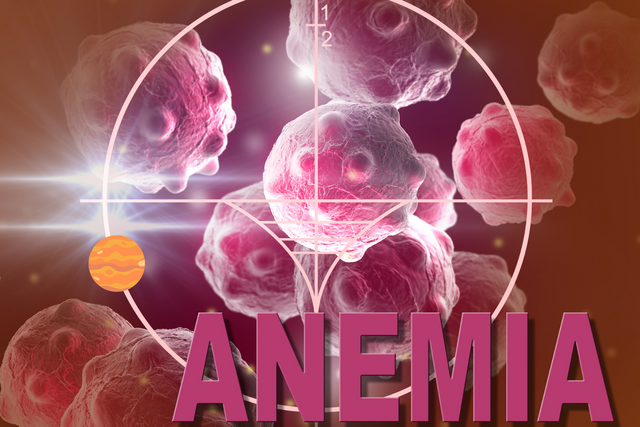SEC S20W3 || Morphological Anemias - Module 3

It's a pleasure to be able to join this week's course on Hematology; I understand and enjoy this week's topic because it's something I can relate to. Through this course, I got to know that Morphological anemias are blood disorders; it is characterized by changes in the size, shape, or color of (RBCs) red blood cells. These changes, including microcytic, macrocytic, and normocytic forms, help clinicians in diagnosing the underlying causes of anemia.
For example, microcytic anemia is often linked to iron deficiency; macrocytic anemia is typically connected to deficiencies in Vitamin B12 and Folate, while normocytic anemia may arise from chronic diseases or old age. So, understanding the morphological characteristics of anemia is crucial for the effective treatment and management of this common hematological condition. Let me now attempt each question in my own words.
Defines Morphological Anemia: |
|---|

Morphological anemia refers to the type of anemia characterized by changes in the size, shape, or color of red blood cells (RBCs). These changes can indicate an underlying condition such as iron deficiency as in the case of microcytic anemia, Vitamin deficiencies, which are typically connected to macrocytic anemia, or normocytic anemia, which are chronic diseases.
Have You Ever Had Anemia? Attach Evidence: |
|---|
Yes, I've had anemia before, and it was during my first pregnancy and after I had born all my children. When I was pregnant with my first son, I couldn't eat anything except for yogurt, and I experienced fatigue, weakness, and paleness. During my routine check-up in my 3rd trimester, my (PCV) Packed Cell Volume was measured by my healthcare provider, and it was very low, precisely 23%, indicating anemia. I was told that the causes include iron deficiency due to an increased blood volume because of pregnancy, and to address this, my doctor prescribed some iron supplements and Folate for me.
My mom also recommended iron-rich food me too, food like spinach, red meat, cow kidney, & lentils, and drinking milk with fruited pumpkin juice) then I monitored my blood levels. With proper management, my PCV improved, I had a healthier pregnancy, I was induced into labor at 39 weeks, and I have a bouncing healthy baby. I continued with the recommended supplements after birth, and before my 6 weeks post-natal check, my PCV had returned to normal.
Pathophysiologically, What Happens With Anemia? |
|---|

Anemia occurs as a result of the reduction in red blood cells (RBCs) or hemoglobin, impairing oxygen transport to tissues. Pathophysiologically, this normally results in a decrease in Red blood cell production (due to factors like iron deficiency, deficiencies in Vitamin B12 and Folate, or bone marrow disorders) if there's an increase in Red blood cell destruction (hemolysis) or blood loss (acute or chronic). When any of these happens, there will not be enough oxygen for tissues to carry out their body function (Hypoxia), and this will trigger compensatory mechanisms like the cardiac output to increase, & erythropoietin will stimulate the production of (RBCs) formation from the kidneys.
Ultimately, the imbalance between RBC production and loss will lead to symptoms like fatigue, pallor, _ and tachycardia, showing that the body is struggling to maintain adequate oxygenation.
Clinical case: |
|---|

Based on the lady's Hematology result, she has a microcytic anemia. Her MCV indicates (71fL), which is low, CHCM 27 g/L is lower than normal which is 32-36, her hemoglobin is 9 g/dl which is lower than normal 12-15 dl, and a low HCM of (24 Pg), too. These findings suggest that the lady is suffering from iron deficiency anemia, which is often associated with loss of blood or nutritional deficiency. The woman is unconscious and has pallor because of severe anemia, thus potentially leading to an inadequate supply of oxygen to tissues.
The positive HCG suggests pregnancy; ahh, this explains her increased iron demand and her vulnerability to anemia. Well, overall, what I could say is that this clinical case highlights the need for urgent intervention; her anemia issues have to be addressed immediately because of her pregnancy status to ensure that both the mother and the fetus are healthy.
In conclusion, Morphological anemias are classified based on our red blood cell sizes and our hemoglobin content. There are 3 types of Morphological anemias which are microcytic, macrocytic, and normocytic anemias. An accurate classification of what type of anemia a person is suffering from is important for diagnosing the underlying causes like iron deficiency or Vitamin deficiencies, guiding the appropriate treatment strategies to improve the patient's overall health. Thanks for the lesson!
Upvoted. Thank You for sending some of your rewards to @null. It will make Steem stronger.
Thank you for the support @oleh
Greetings,
@goodybest dear friends,
In the post on anemia you have described in very nice detail Anemia is mainly caused by iron deficiency but mostly due to malnutrition. Especially those whose diet excludes iron-rich foods.This is exactly what happened during your first pregnancy. Usually many girls have vomiting after meals during pregnancy, in which case it is seen that no matter how many nutritious foods they consume, those foods do not meet their nutritional needs. And that's why Iron is suffering from deficiency disease at this time.
You're right Jolly, thanks for visiting me and I appreciate your contribution.
Hello! It is somewhat common for pregnant women to have anemia during pregnancy, luckily in my family this has not happened, it is good to know that you were able to control your anemia in time thanks to the help of the doctor and your mother's recommendations, now you have a healthy and happy baby.
Have a great day!
Your family is indeed lucky! Thank you so much for visiting me today, I appreciate your warm commendations.
Do have a wonderful day!
Hello teman..penjelasan mu tentang tema kontes menarik dan mudah di fahami..
Saya jadi lebih faham tentang morfolgi anemia...
Terimakasih sudah berbagi
Semoga sukses di kontes ini
Aww 🥰 I'm glad that you understand me very well, thank you so much for the compliment and good wishes, I appreciate 💕
Pkeasure...
Your post is really amazing in this journey of knowledge! Such detailed information about Anemia is very helpful for us. Keep up the good work! Good luck.
Thank you 🙏 so much for the compliment